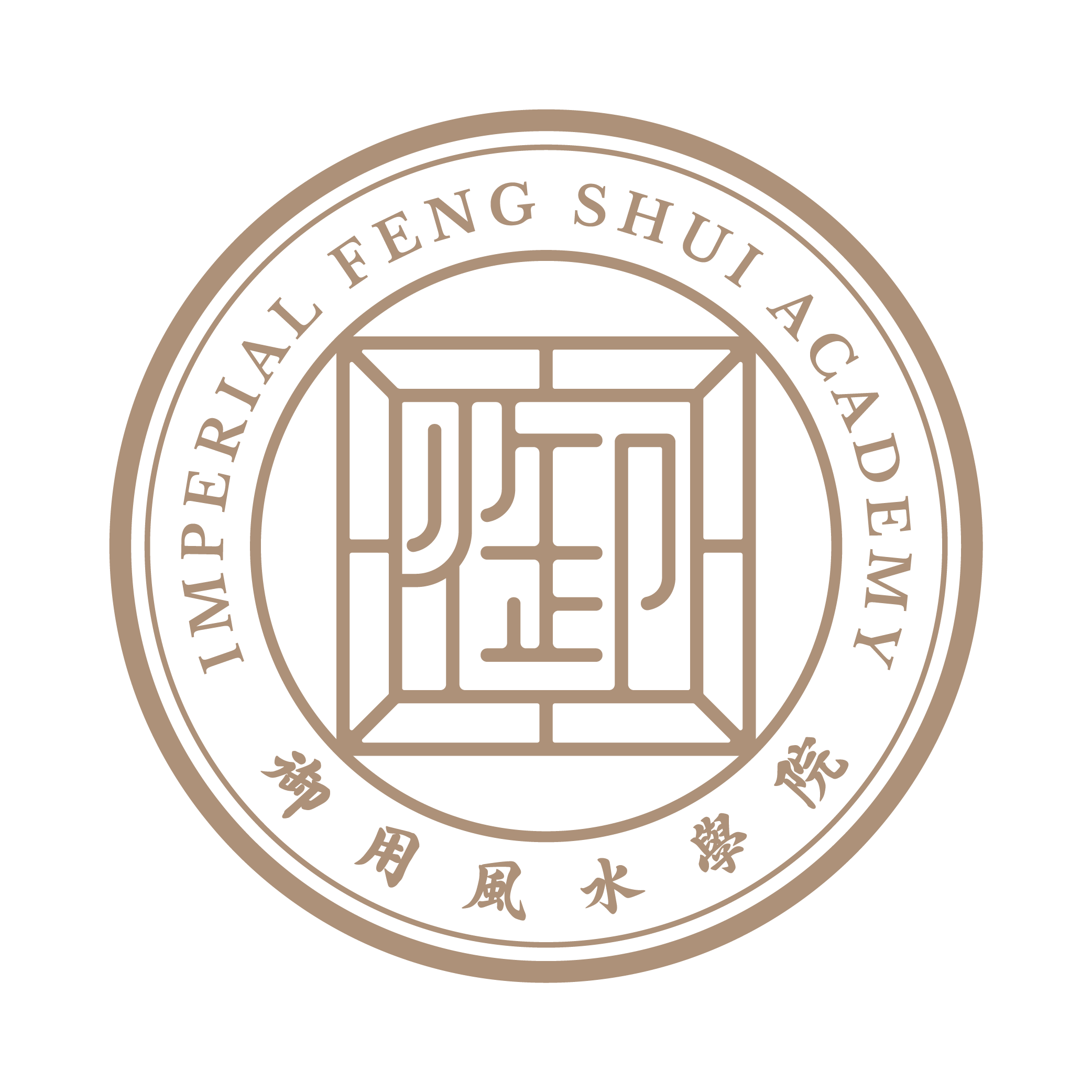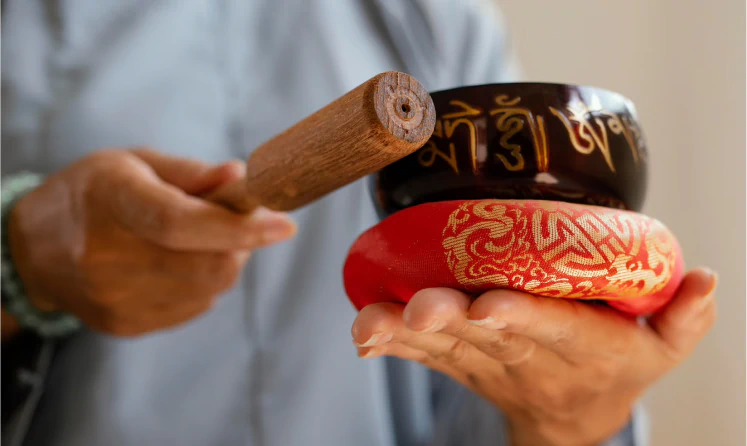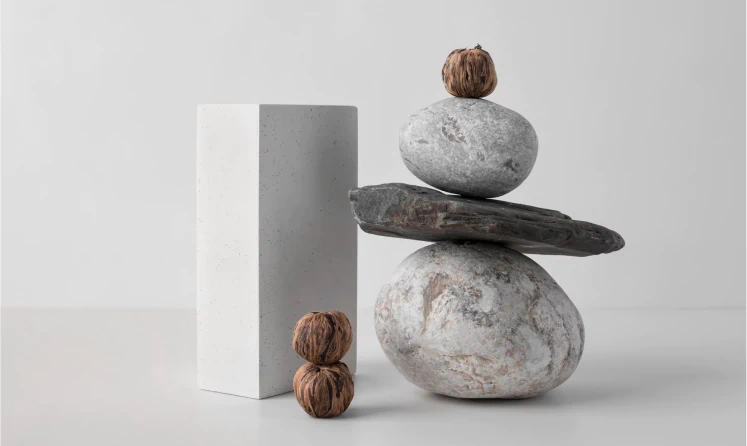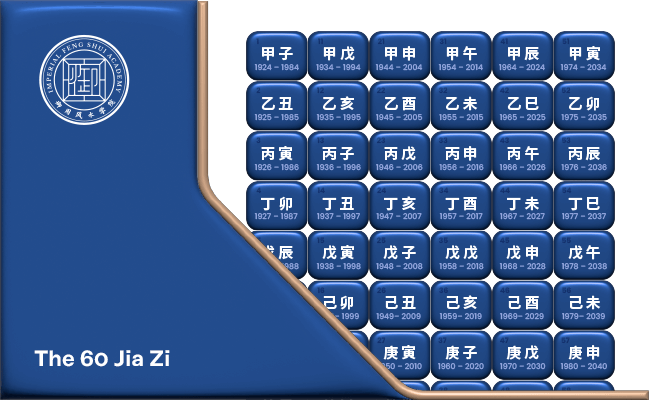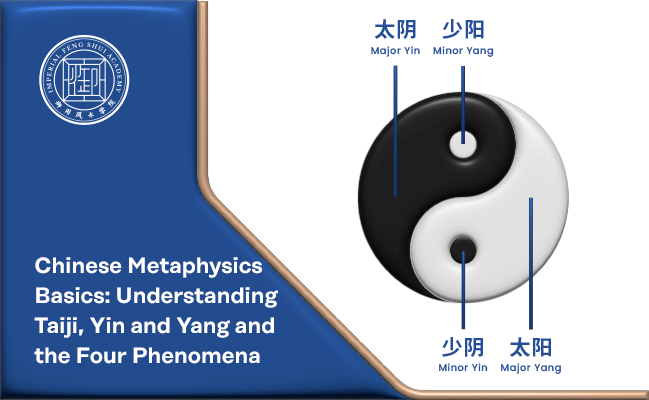The 12 Lifecycle Phases, or “十二长生” (shí èr cháng shēng), is a concept used to assess the strength of an individual’s Heavenly Stem in relation to their Earthly Branches. This principle illustrates how the strength of a Heavenly Stem changes when paired with the 12 Earthly Branches and can be viewed as an extension of the Four Growths, Four Cardinals, Four Storages, and Three Harmony Combinations.
Foundational Concepts Behind the 12 Lifecycle Phases
The 12 Lifecycle Phases build upon the understanding of the Four Growths, Four Cardinals, and Four Storages. Each of these concepts is associated with specific Earthly Branches and represents different aspects of a person’s life and destiny.
Four Growths (四长生)
The Four Growths include the Earthly Branches Yin (寅), Si (巳), Shen (申), and Hai (亥). These branches mark the beginnings of each season and are linked to the Traveling Horse (驿马星), which assesses an individual’s creativity and activity levels. People with two or more Four Growth branches in their Bazi chart tend to be more accident-prone due to their active and travel-heavy lifestyles.
Four Cardinals (四正)
The Four Cardinals consist of the Earthly Branches Mao (卯), Wu (午), You (酉), and Zi (子), signifying the peak of each season. In Bazi, they are associated with the Peach Blossom (桃花星), used to evaluate one’s attractiveness and charisma. A Bazi chart with three or more Peach Blossom stars often indicates strong leadership qualities.
Four Storages (四库)
The Four Storages, or Tombs, include the Earthly Branches Chen (辰), Wei (未), Xu (戌), and Chou (丑), representing the end of each season. Each Storage Branch represents the lingering essence of its associated element before the onset of the next season.
The 12 Lifecycle Phases are also relevant in other aspects of Feng Shui and Chinese metaphysics, such as San He Feng Shui and Zi Wei Dou Shu. This cyclical pattern is instrumental in identifying luck cycles, crucial for determining the stage of your annual or luck pillar to guide future planning and decision-making.
The 12 Lifecycle Phases
The 12 Lifecycle Phases follow this sequence: Growth (长生), Bath (沐浴), Youth (冠带), Officer (临官), Prosperous (帝旺), Weakening (衰), Sickness (病), Death (死), Grave (墓), Termination (绝), Conceive (胎), and Nurture (养).
Defining the 12 Lifecycle Phases
Growth (长生)
This stage represents vitality and the birth of a child, symbolising energy, vibrance, positivity, and long-term aspirations. It is the foundation of all successes or failures in life, bringing new turning points and changes.
Bath (沐浴)
The early growth stage embodies dynamic energy and requires nurturing. Relationships in this phase are seen as long-term investments, attracting mentors and benefactors.
Youth (冠带)
A phase of discipline and coming of age, representing strength and potential. It is a period where individuals realise their responsibilities and turn words into action.
Officer (临官)
This stage relates to skill development and the results of hard work, symbolising independence, influence, and authority. Embracing this energy yields healthy outcomes and financial gains.
Prosperous (帝旺)
The peak of life achievements is marked by strong energy, prosperity, admiration, and respect. It signifies strong leadership qualities and maximising potential through connections.
Weakening (衰)
A period of gradual decline following the Prosperous phase is characterised by diminishing drive and waning health as energy decreases.
Sickness (病)
Declining vitality and energy, mirror the impact of sickness on daily activities and the start of more significant health issues.
Death (死)
This phase represents a depletion of energy, constant worry, and physical and mental frailty, marking the end of an individual’s physical existence.
Grave (墓)
Focuses on the acceptance of personal weaknesses and the absorption back into nature. It can symbolise burial after death or the accumulation of wealth and possessions.
Termination (绝)
A state of non-existence and weakness, representing a return to nature and the complete depletion of vitality. This stage encourages holistic thinking, mental clarity, and innovative planning.
Conceive (胎)
The emergence of life and the inception of creation, are characterised by transformative energy, novelty, and the birth of creative ideas. It encourages diverse perspectives and innovative thinking.
Nurture (养)
The final stage, embodying the nurturing and shaping of an individual’s potential. This phase fosters intellectual growth and the development of relationships and enterprises.
Applications of the 12 Lifecycle Phases
The 12 Lifecycle Phases adhere to the principle “阳生阴死,阴死阳生”, meaning “Yang is born from Yin’s death, Yin is born from Yang’s death.” This principle highlights the cyclical nature between Yin and Yang, as they continuously transition from one to the other.
For example, Yang Wood (Jia Wood) enters its Growth stage (长生) at the Hai (亥) Earthly Branch, reaches its Prosperous stage (帝旺) at the Mao (卯) Earthly Branch, and enters its Grave stage (墓) at the Wei (未) Earthly Branch. The Death stage of Yang Wood aligns with the Wu (午) Earthly Branch, which is also the Growth stage of Yin Wood (Yi Wood). This alignment emphasises the continuous cycle of energy in the universe.
Understanding the 12 Lifecycle Phases is essential for interpreting Bazi charts and navigating the cycles of life. Each phase represents different stages of growth, decline, and renewal, providing valuable insights into an individual’s journey and potential. By mastering these phases, you can better predict life patterns and make informed decisions for a prosperous and balanced future.
